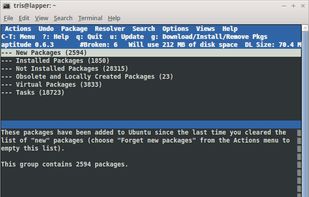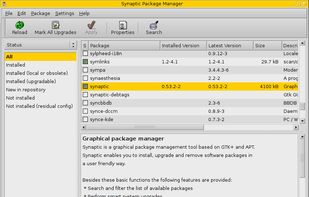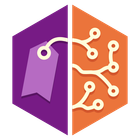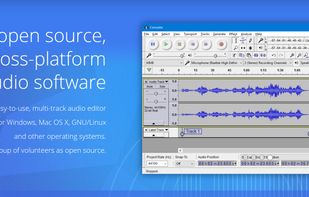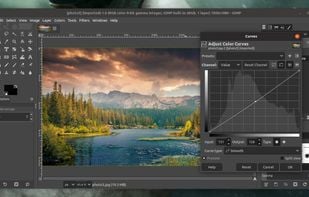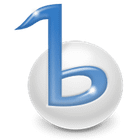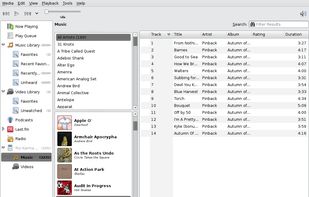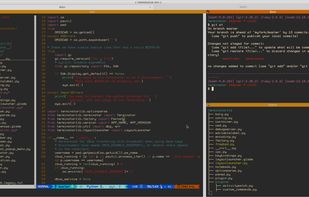Xubuntu Software
aptitude is a terminal-based frontend for Advanced Package Tool with a number of useful features, including: a mutt-like syntax for matching packages in a flexible manner, dselect-like persistence of user actions, the ability to retrieve and...
- Package Manager
- Free • Open Source
- Linux
Synaptic is a graphical package management program for apt. It provides the same features as the apt-get command line utility with a GUI front-end based on Gtk+.
- Software Installer
- Free • Open Source
- Linux
- Debian
- Xfce
Multimedia
Media Players and Editors
Picard is the next generation MusicBrainz tagging application. This new tagging concept is album oriented, as opposed to track/file oriented like the ClassicTagger was. Picard is written in Python, which is a cross-platform language, and makes use of cross-platform libraries -...
- Mp3 Tag Editor
- Free • Open Source
- Mac
- Windows
- Linux
- Python
- PortableApps.com
Audacity is free, open source software for recording and editing sounds. You can use Audacity to record live audio, convert tapes and records, edit sound files, change the speed or pitch of a recording and much more.
- Audio Editor
- Free • Open Source
- Mac
- Windows
- Linux
- BSD
- PortableApps.com
- LAME
GIMP is a free program for such photo retouching, image composition and image authoring. Essentially it's the closest thing to Photoshop you can get for free.
- Image Editor
- Free • Open Source
- Mac
- Windows
- Linux
- BSD
- Snapcraft
- Flathub
- PortableApps.com
- Haiku
- Flatpak
- AmigaOS
Play your music and videos. Stay entertained and up to date with podcasts and video podcasts. Discover new music with Last.fm radio. Sync your G1 phone, iPod, and other devices.
- Audio Player
- Free • Open Source
- Mac
- Windows
- Linux
- BSD
Terminal Emulators
Terminator enables the user to run and manage multiple terminal emulators side-by-side in the same window. The main focus is arranging terminals in a grid. (Tabs is the most common default method, which Terminator also supports.
- Terminal Emulator
- Free • Open Source
- Linux
- BSD
- GNOME


